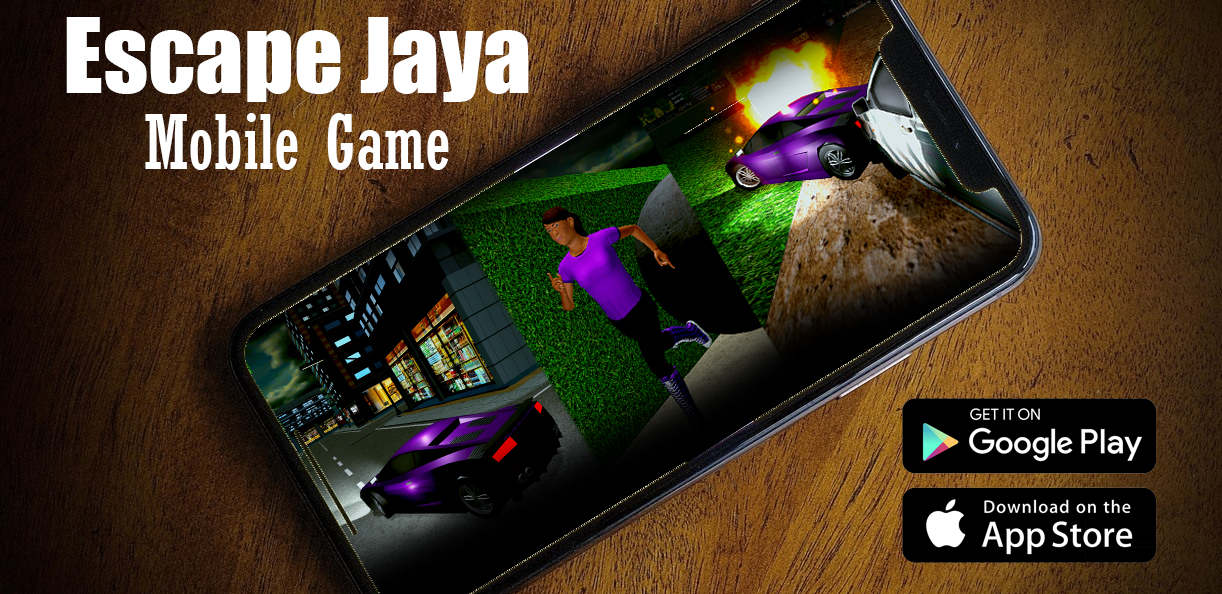Movie
No Question Mark Box Here; Super Mario Delivers a 1-Up in Theaters
If you were born in the ’80s, ’90s, or literally ANY decade after those, you know about Super Mario. A cultural phenomenon was brought to life on the big screen this last weekend. One that has not only stood the test of time but reinvented itself time and time again. This wasn’t even the first time it’s been made into a movie but, well, let’s be honest.. some of us choose not to acknowledge the LIVE action adaptation of the beloved game from 30 years ago.
It was pretty bad… But this was animation. ILLUMINATION animation at that. The Universal company that brought us Gru and his Minions, showed us the Secret Life of Pets, and gave us a reason to SING! Still, I had my reservations and even some concerns, especially when the casting was announced.
Eyebrows were raised. As big of stars as they were on paper, could they really deliver on voicing characters from a staple of our childhood? They did.
Chris Pratt and Charlie Day may not be Italian, and Jack Black may not be a King or Turtle creature from the Mushroom Kingdom, but they make the characters their own all while paying homage to the lore of a video game.
From the jump, the story reintroduces us to the brothers that just want to save Brooklyn one clogged sink at a time. We feel an instant connection and relate to these “underdogs of the plumbing world”. The movie is riddled with easter eggs, each of which tugs on the heartstrings of every generation of Mario fandom. And the soundtrack was beautifully put together to not only make us feel like we’re taking a walkthrough of the game but like an experience all its own with some familiar favorites thrown in.
Every word in the movie is pure eye candy for both those that are casual fans, and those analyzing every frame to see what they’ll catch next. Bowser’s ship, the Mushroom Kingdom, Kong’s arena, and the Rainbow Road.. They’re all meant to give us just enough of a “new” look at these amazing worlds, but stay true to how we remember them.
The movie itself moves along at the perfect pace. Although, if you don’t really know ANYTHING about the Super Mario Bros, you may have gotten a little lost and felt left behind in the green tunnel. But that’s ok! It’s an adventure of the imagination and a classic story of a boy that meets a girl and tries to save the world from a monster that wants to destroy it.
What’s funny is that you could easily say this is a story about two characters who couldn’t be more opposite if they tried, battling to win the heart of a princess. Who would’ve thought that the King of the Koopas was just trying to impress his crush?
And that song? Ohhh THAT song! It’s my new ringtone and deserves the Oscar for Best Original Song.
Back to the movie.
Universal and Illumination clearly understood the assignment. Is it missing some things or could things have been done differently or even better? Absolutely! We’re the worst critics of the things we hold nearest and dearest to our hearts. But if you’re up for going on a 90-minute adventure through amazing worlds, with awesome music, and characters that’ll make you smile and laugh, then this is the perfect movie to spring you into that warm summer feeling.
Plus there’s the whole part with karts and shells, and banana peels and oh my goodness how amazing was that?? It’s enough to make you want to stand up and cheer, then go home and destroy your friends and family on your favorite track haha.
The bottom line, it pays homage in all the right ways to the little guy with the mustache, while giving us something new and exciting. Take the kids and go see Super Mario Bros. You’ll be glad you did!
Movie
Joker Folie au Deux: The tears of a clown
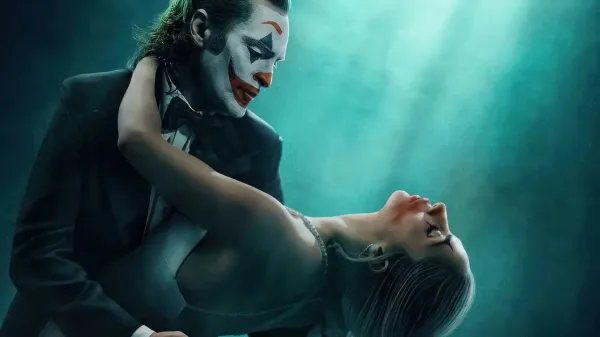
Spoilers hidden in clown makeup!
Called “The Madness of two”, the love story of Joker and Lee, is set against the backdrop of the murder trial of Arthur Fleck, imprisoned in Arkham, in 1980’s Gotham City.
It’s almost impossible to believe that the film’s director and writers would do this to a character they professed to come to love by the end of the first, admittedly divisive, Joker film. But it happened, and it’s up there for us the audience to be, let’s be real here, tortured with. You’ve been warned.
They turned Arthur Fleck, the downtrodden character who took back his own power at the end of the first film, back into what he began this whole journey as – a victim. Even his Joker persona won’t save him from being objectified at his trial, for his lawyer keeps insisting he’s sick in the head and this “Joker” is the result, and the legion of fans out there clamoring for more are more aimless fan-atics and less revolutionaries. Though one person, a shiny little tarnished pearl set among the crazies at Arkham, stands out for Arthur in a very strong way.
The single bright spot in the whole film, ‘cuz it sure is not the skeleton-thin Joaquin Phoenix trudging about Arkham like a cowed scarecrow, is inevitably Lady Gaga as the reimagined Harley Quinn, or Lee, as she introduces herself to Arthur. They meet, inevitably enough, at music class. And suddenly, Arthur’s heart finds song again! Lee loves Arthur, or rather Joker, with an intensity that actually shocks him awake for a short while. And we see small, short flashes of our beloved madman in his iconic makeup, as he madly pirouettes his way through representing himself at his own trial, defiant in his sharp-angled clown look, his voice flitting effortlessly between entertaining characters, accompanied by musical numbers straight from Jokers cerebral cortex, fully imagined and surreal, joyous and loud, impossible to deny or ignore. Which, remember from the first film, was the whole point folks. Gaga carries in every single musical number, and there is always a just barely-there sense of her singing being just the tiniest bit off, like you know that note and that note was wrong, but she did that on purpose to demonstrate Lee’s own version of reciprocating madness. It’s genius ya’ll, but rather than being any kind of uplifting, the duets especially that Lee does with Joker are a musical dive further into madness. Lee wants Arthur to split and for Joker to explode and entertain and be alive, and nothing will stand in her way. Even enduring an, I kid you not so be prepared for it, totally awkward sex scene.
It turns out, the villain of the film is actually Lee herself. Her carefully crafted fan-cast ways are quite believable, a testament to Mother Monsters excellent acting abilities, but in fact it’s all wrong. In what is arguably DC’s most legendary abusive relationship, Joker is the villain and Harley Quinn is his, however willing, victim. Definitely not the other way around, which is what is presented here in Folie au Deux. And while I applaud a Harley Quinn offered to us as a calculating femme fatale finally, this reduces our formerly powerful Joker to a shell of even Arthur Fleck. This is not what we, the audience, are here for.
The amount of abuse Arthur suffers throughout the film is appalling, and made more so because there is no delicious payoff like in the first film. Joker does not snap and go on a killing spree, or give a joyously psychotic rant, no, he confesses. Traces of the Joker makeup he wore so defiantly in court still remain, but our clever mastermind clown prince of crime, or what he could have been, is reduced to this blubbering, maniacally laughing, apologetic thing on his last stand.
After the trials inevitable conclusion, the torture doesn’t end for poor Arthur, oh no. Lee is gone, the music in his head has ceased, and things at Arkham with everyone’s favorite singing guard Jackie Sullivan (Brendan Gleeson) is about to take a turn for the seriously worse.
The movie has a well-earned R rating and though it isn’t graphic per se, no one in the audience wanted to share head-space with the strongly implied image of Brendan Gleeson having to act out raping Joaquin Phoenix, broken and beaten and lost, utterly powerless.
Also, tell me in a movie that we’re set in the 1980’s without telling me we’re in the 80’s – damn near every single last character is smoking. Like, constantly. Throughout most of the musical numbers too. Hell, the first thing Arthur Fleck says of any note in the movie, is to ask his interviewer for a cigarette. Likely even unconsciously divisive with the audience, the smoking emphasizes the melancholia of most of the characters and indeed, the very grungy atmosphere of 80’s Gotham City.
The director already said that this version of the Joker isn’t the “real one”, which harkens back to the time of the TV show Gotham, who gave credence to the notion that Joker ideals and madness could be spread like a plague and therefore anyone could in theory be Joker, and this theory holds at the very end of the film and what the assassin does to himself in the blurred, blood-soaked background. Which, hey, I’m fine with the idea of these Joker films being one-offs in a separate but attached DC-verse, but it only makes one pity poor Arthur Fleck even more. Not even the real madman, just a depressed little would-be clown, betrayed by everyone, totally alone. All Arthur ever wanted was to entertain people, and surely the sequel does that idea up big, with larger-than-life musical numbers, dancing and costumes and a love story for two very widely known characters, but in the most grim-dark depressingly bleak manner possible. It mostly really is all in Arthur’s head, after all. None of the truly beautiful parts are real. And that thought is truly depressing, for it’s as close to real life as one is going to get inside the DC-verse. It’s kind of like we the audience are betraying Arthur too, because we’re watching his life unraveling as a form of consumer entertainment. And I don’t watch films for a guilt trip, thank you.
One could say that no matter what strong opinions one has about the movie – and there are many, the Press section in my theater when I saw the film was absolutely abuzz with mostly strongly negative emotions – harkens back to the old thought of, it doesn’t matter if the conversation is positive or negative, you’re still talking about me. Even so, with the film hitting theaters recently and opinions pouring in, scales are leaning more and more towards, “I don’t like it.” Giant do-ups of grandly realized musical numbers, arguably a pair of the biggest stars in the artist world today in the titular roles, and a whopping you-wouldn’t-believe-how-much budget can’t save the Joker sequel from the folly of its own aspirations of … I’m not even sure what. See the film, and you tell me what you think is being presented here.
Listen in for the tears of a clown in Joker Folie au Deux in theaters now!
Movie
A Tribute to James Earl Jones: The Top 10 Favorite Films of a Legendary Actor

James Earl Jones, with his booming voice and commanding presence, has left an indelible mark on the film industry. From regal kings to fearsome villains, his versatile talent has made him a household name across generations. As a tribute to his extraordinary career, we take a look back at the top 10 favorite James Earl Jones movies—films that highlight the range, depth, and sheer power of his acting.
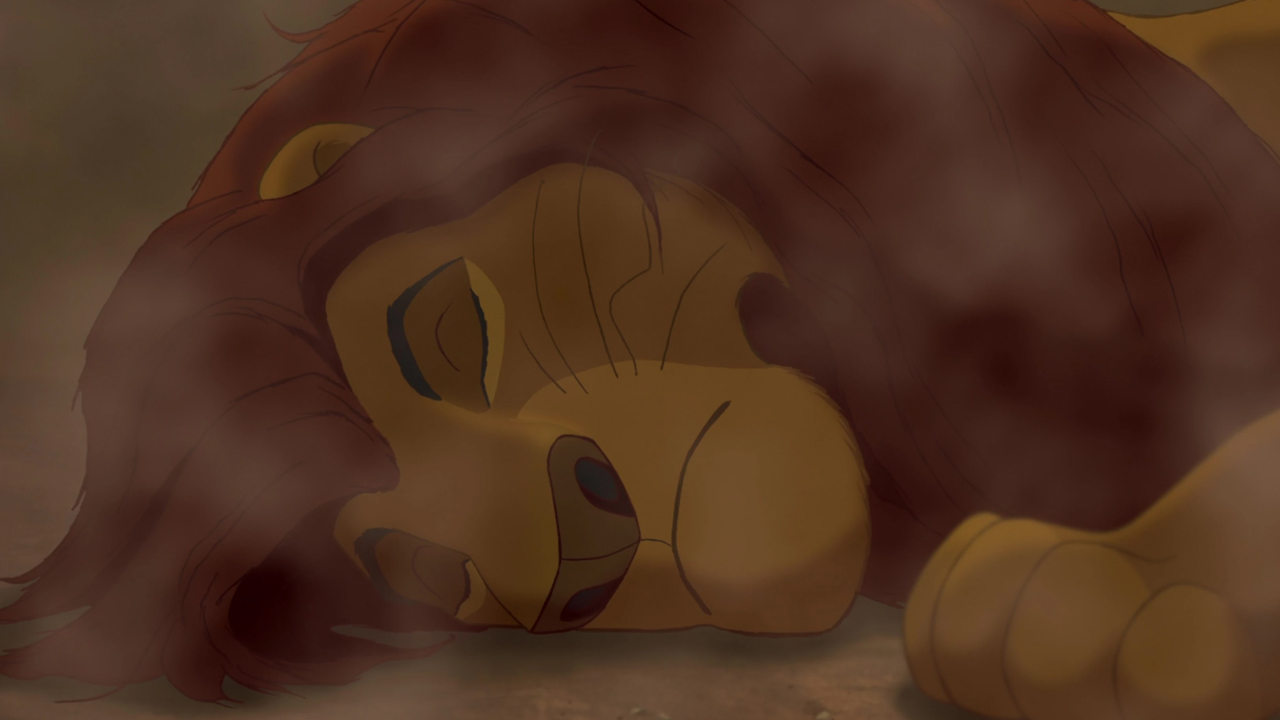
1. The Lion King (1994)
Overview: James Earl Jones’ portrayal of Mufasa in Disney’s The Lion King is iconic. His powerful voice gives life to the wise and noble lion king, delivering lines that have become part of cinematic history. The father-son bond between Mufasa and Simba resonates with viewers, making this role a cherished one in his filmography.
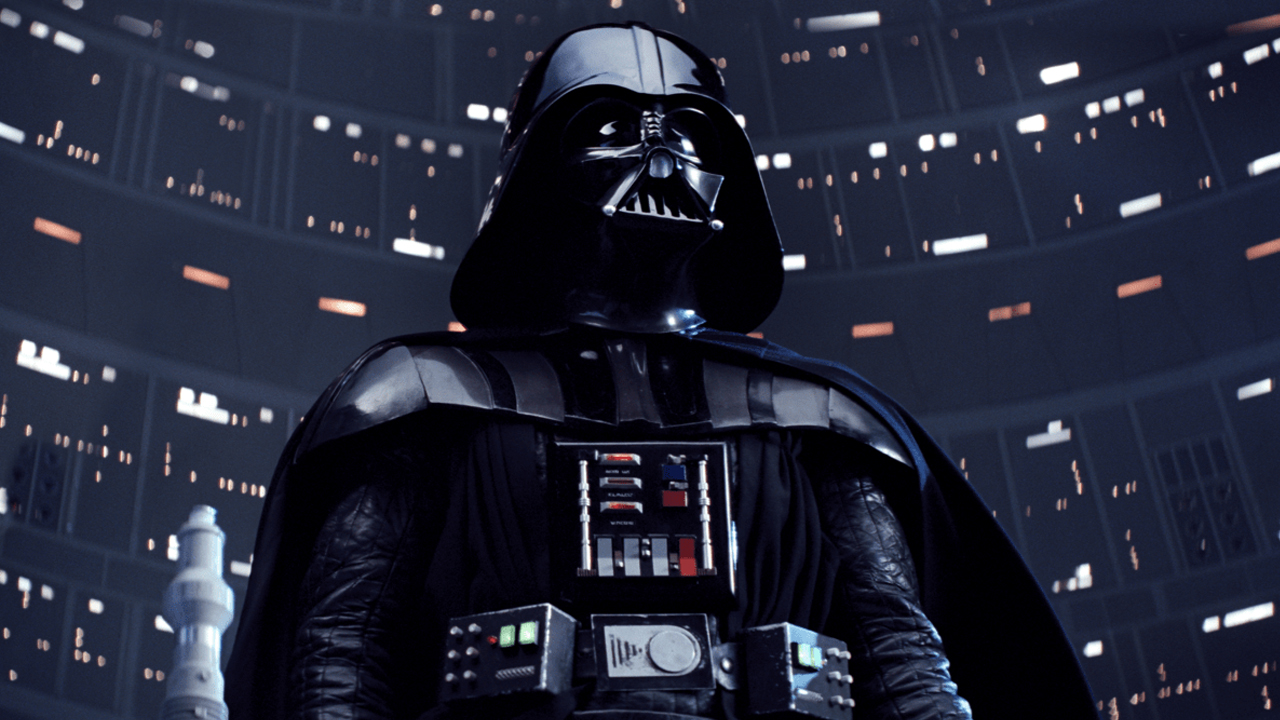
2. Star Wars: Episode IV – A New Hope (1977)
Overview: Perhaps no other role defines Jones more than his vocal portrayal of Darth Vader in Star Wars. His deep, menacing voice made Darth Vader one of the most feared and beloved villains in movie history. Though he was never physically on screen, his contribution to Star Wars is unforgettable.

3. Coming to America (1988)
Overview: In this beloved comedy, James Earl Jones plays King Jaffe Joffer, the proud and slightly intimidating father of Eddie Murphy’s Prince Akeem. His regal demeanor and comedic timing add a layer of humor and heart to this fish-out-of-water tale.

4. Field of Dreams (1989)
Overview: In Field of Dreams, James Earl Jones plays Terence Mann, a reclusive writer who delivers one of the most memorable monologues about baseball ever written. His performance, full of grace and wisdom, elevates the film to new emotional heights.
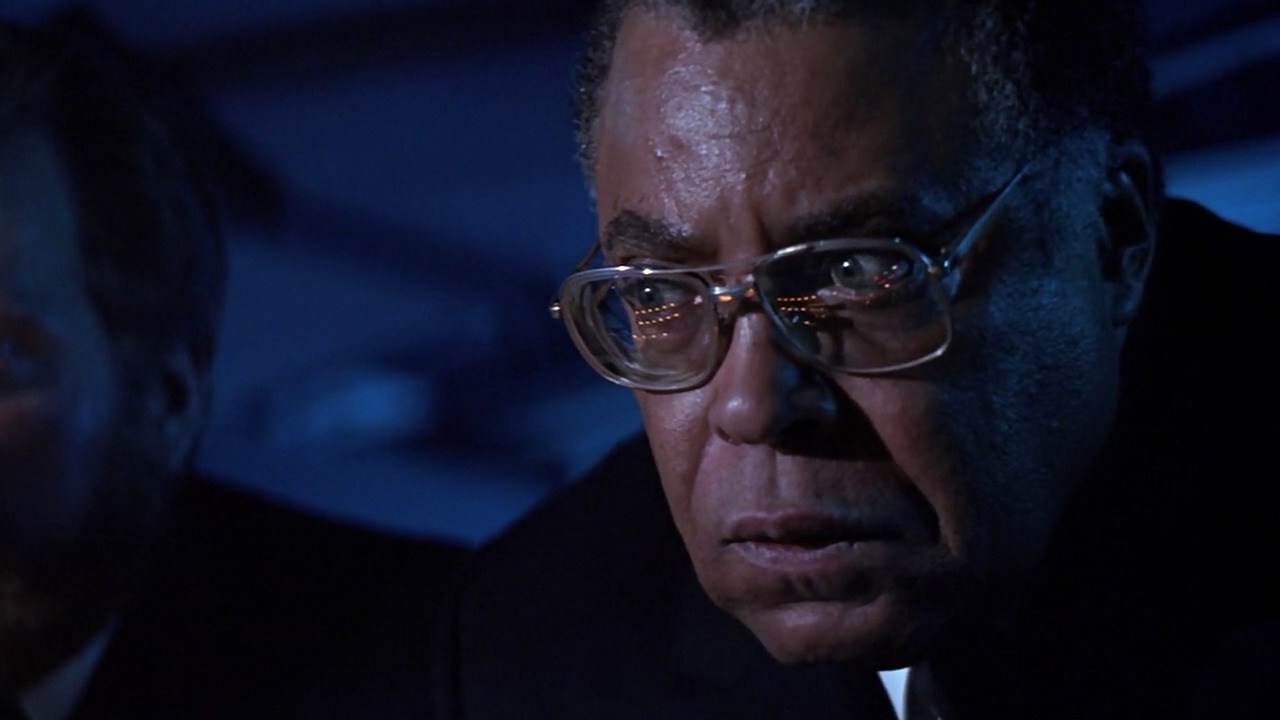
5. The Hunt for Red October (1990)
Overview: Jones’ portrayal of Admiral James Greer in this Cold War thriller cemented his status as a versatile actor. His calm and authoritative presence contrasts perfectly with the tension of the naval conflict, making his performance unforgettable.

6. Patriot Games (1992)
Overview: Reprising his role as Admiral Greer, Jones stars alongside Harrison Ford in this political thriller. His calm leadership and wisdom guide Ford’s Jack Ryan through a maze of political intrigue and danger.
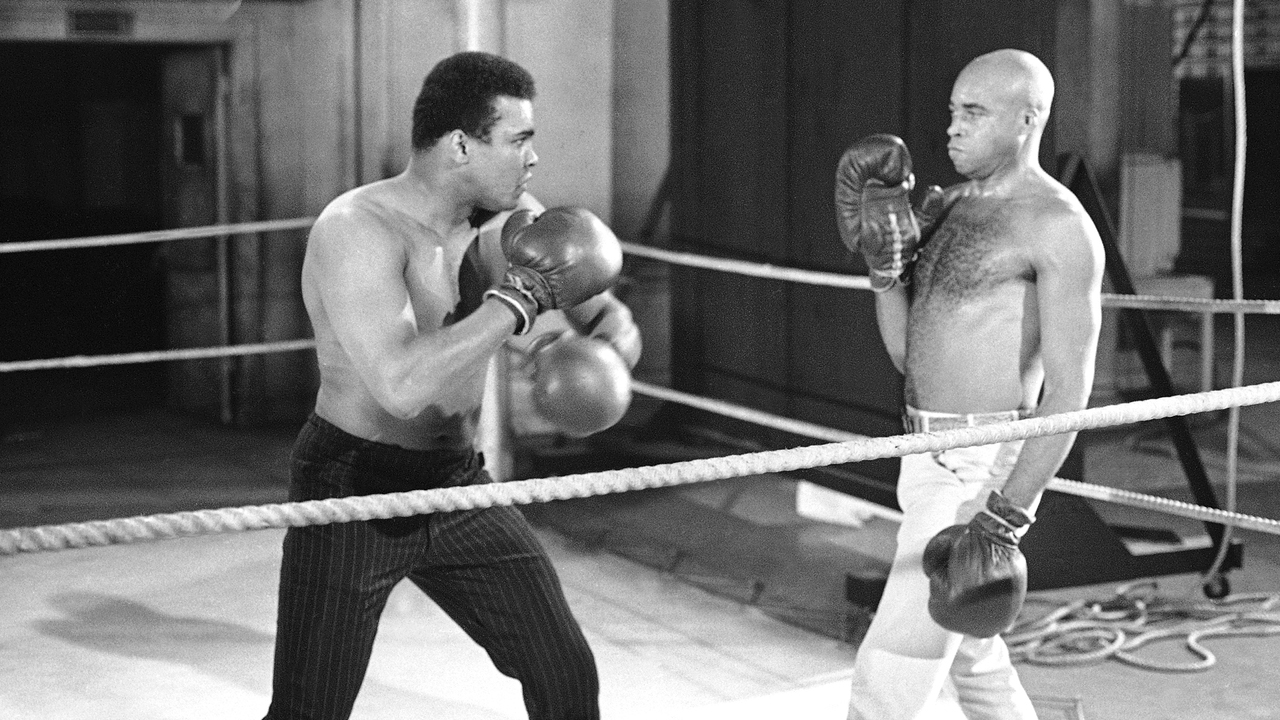
7. The Great White Hope (1970)
Overview: Based on the true story of boxer Jack Johnson, The Great White Hope showcases Jones in one of his earliest and most powerful roles as Jack Jefferson. His portrayal earned him an Oscar nomination and solidified his place as a serious dramatic actor.
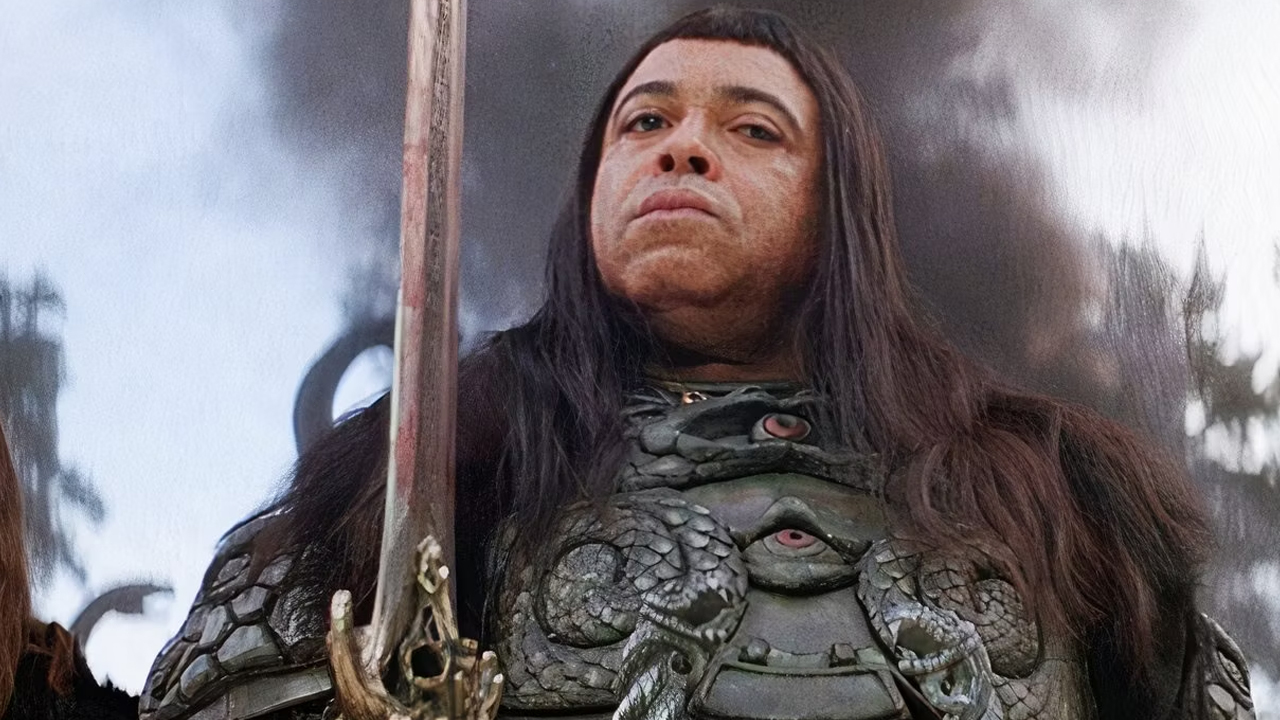
8. Conan the Barbarian (1982)
Overview: In Conan the Barbarian, Jones plays Thulsa Doom, the fearsome villain who faces off against Arnold Schwarzenegger’s Conan. His transformation from a charismatic cult leader to a ruthless sorcerer is chilling, adding depth to this fantasy epic.

9. Cry, the Beloved Country (1995)
Overview: In this powerful drama, Jones portrays Reverend Stephen Kumalo, a man searching for his son during the turbulent apartheid years in South Africa. His performance is deeply emotional and human, highlighting the pain and resilience of those living through apartheid.
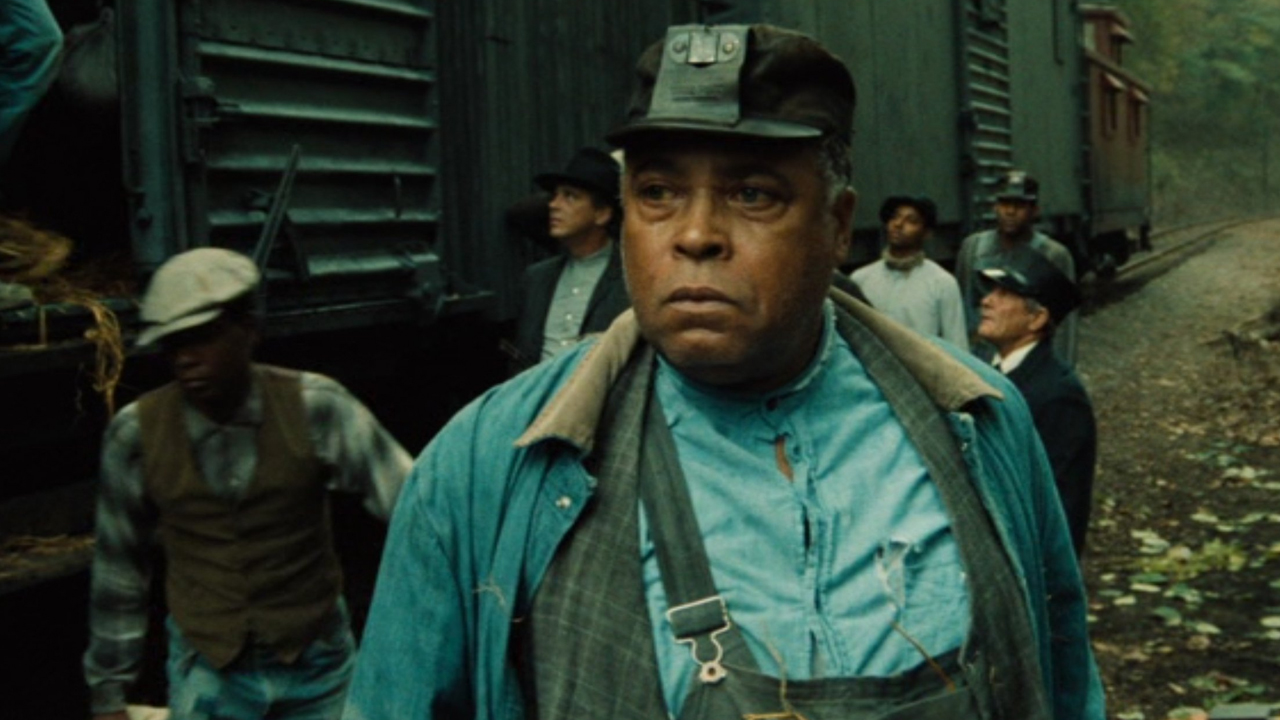
10. Matewan (1987)
Overview: Set during the 1920s coal miner strikes, Matewan sees Jones playing a labor leader advocating for the rights of workers. His portrayal adds a sense of dignity and strength to this historical drama about the fight for justice.
Movie
Top 10 movies of 2024 that made us cry

2024 has been an emotional rollercoaster for moviegoers. Whether it’s the power of love, devastating loss, or the triumph of the human spirit, films this year have brought plenty of tears. From heart-wrenching dramas to unexpected moments of sadness in blockbusters, these are the top 10 movies in theaters this year that made us cry.

1. Oppenheimer
Overview: Christopher Nolan’s biographical drama about J. Robert Oppenheimer, the father of the atomic bomb, leaves viewers reflecting on the weight of history and the moral dilemmas faced by the man who changed the world forever. The movie’s emotional depth builds as Oppenheimer grapples with guilt and the consequences of his creation.
Why It Made Us Cry: The intense portrayal of Oppenheimer’s inner turmoil and the devastating effects of the atomic bomb hit hard, leaving the audience grappling with the emotional fallout of war and ethics.

2. Past Lives
Overview: Past Lives is a moving story about two childhood friends who reconnect after years apart, exploring the ideas of fate, love, and missed opportunities. The film’s subtle storytelling and emotional resonance leave a lasting impact.
Why It Made Us Cry: The deep emotional connection between the characters and the bittersweet nature of their relationship, filled with “what ifs,” pulls at the heartstrings.

3. A Good Person
Overview: Directed by Zach Braff, A Good Person features Florence Pugh and Morgan Freeman in an emotional exploration of grief, forgiveness, and healing. Pugh’s character navigates the aftermath of a tragic accident that upends her life.
Why It Made Us Cry: The raw performances and the movie’s powerful themes of loss and redemption create intense, tear-jerking moments.

4. The Whale
Overview: Brendan Fraser’s transformative performance in The Whale as a reclusive man struggling with obesity and seeking to reconnect with his estranged daughter is devastating and heart-rending.
Why It Made Us Cry: The portrayal of Fraser’s character’s desperation for redemption, along with his physical and emotional suffering, brings an overwhelming wave of sadness.
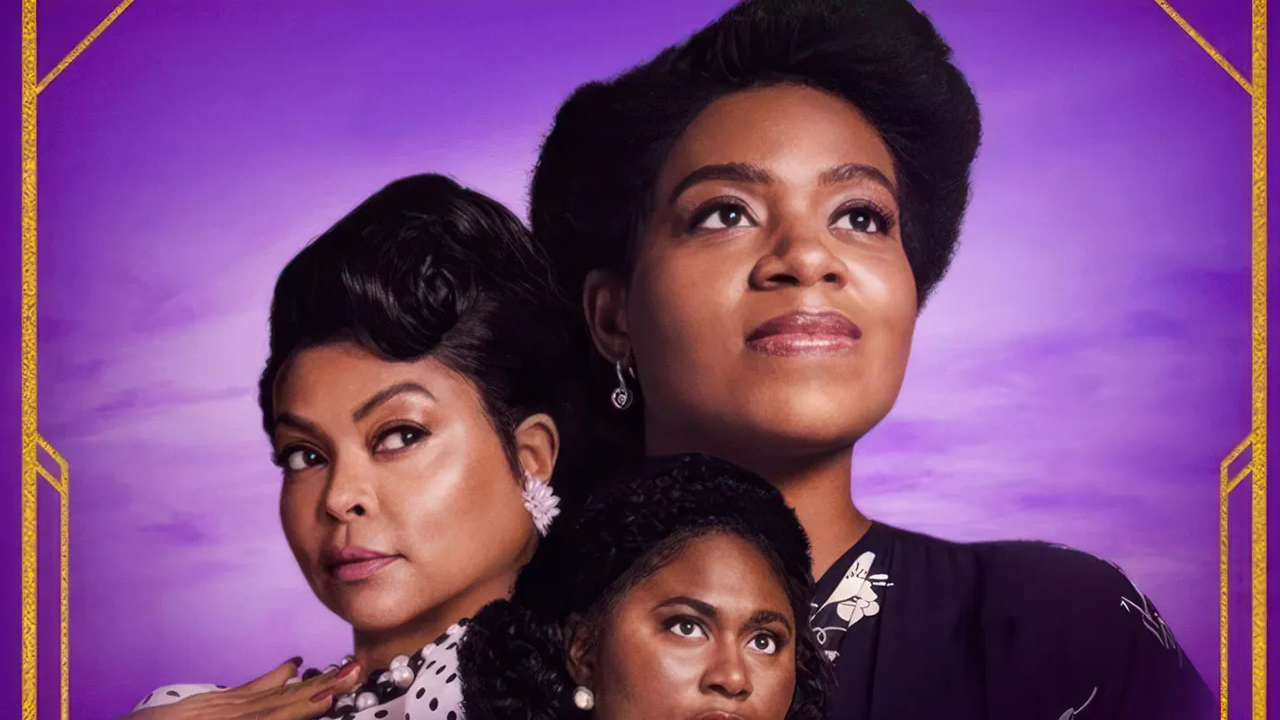
5. The Color Purple (2024)
Overview: The 2024 musical adaptation of The Color Purple revisits Alice Walker’s powerful story of resilience, love, and sisterhood. The film, directed by Blitz Bazawule, beautifully captures the emotional highs and lows of the characters’ lives.
Why It Made Us Cry: The film’s exploration of trauma, perseverance, and family bonds, paired with soul-stirring performances, evokes tears from beginning to end.

6. The Last Voyage of the Demeter
Overview: While The Last Voyage of the Demeter might seem like a horror film on the surface, its depiction of isolation, fear, and tragedy aboard a doomed ship draws out surprising emotional depth.
Why It Made Us Cry: The haunting story of loss and survival, combined with the eerie atmosphere, gives viewers moments of intense sorrow amid the terror.

7. Barbie (2024)
Overview: Greta Gerwig’s Barbie may be filled with fun and laughter, but it also packs an unexpected emotional punch. The film touches on themes of self-acceptance, identity, and the complexities of womanhood in a patriarchal world.
Why It Made Us Cry: Underneath the vibrant colors and witty humor, Barbie delivers poignant moments about finding one’s true self and the bittersweet experience of growing up.

8. Maestro (2024)
Overview: Maestro is a biopic about legendary composer Leonard Bernstein, played by Bradley Cooper. This film delves into Bernstein’s personal and professional struggles, particularly his complicated relationships and his pursuit of artistic perfection.
Why It Made Us Cry: Cooper’s portrayal of Bernstein’s emotional vulnerabilities and his strained marriage with Felicia Montealegre (played by Carey Mulligan) hits all the right notes, delivering heart-wrenching moments of love, regret, and loss.

9. All of Us Strangers (2024)
Overview: All of Us Strangers is a surreal drama that tackles themes of love, memory, and loss. The film, starring Andrew Scott and Paul Mescal, takes viewers on an emotional journey as a man reconnects with his long-lost parents in a haunting and unexpected way.
Why It Made Us Cry: The film’s exploration of grief and longing for connection strikes deep emotional chords, creating moments that stay with viewers long after the credits roll.

10. The Boy and the Heron (2024)
Overview: This animated masterpiece from Studio Ghibli is a coming-of-age story set in a fantastical world, directed by the legendary Hayao Miyazaki. It weaves themes of grief, growing up, and learning to move forward after loss.
Why It Made Us Cry: Studio Ghibli’s signature mix of whimsy and emotional depth is on full display, as the film tenderly explores the complex emotions of growing up and





